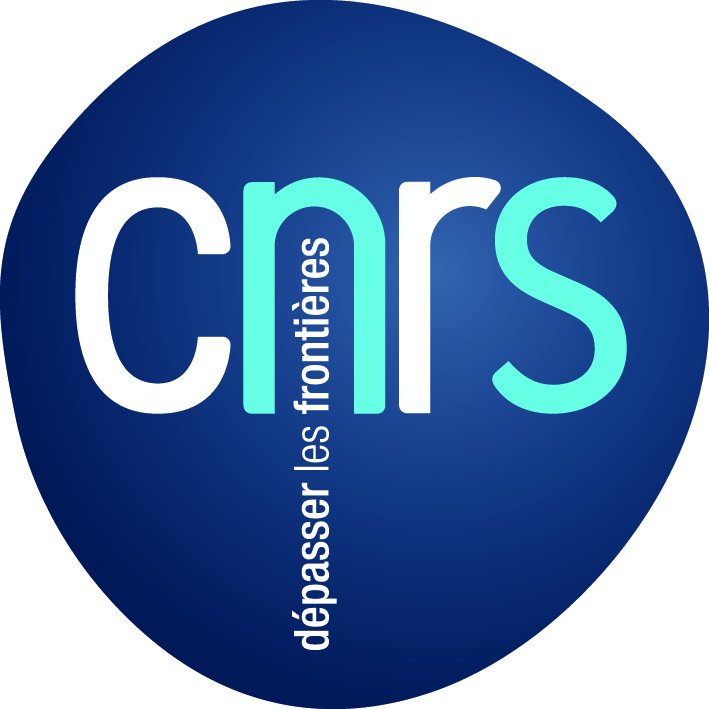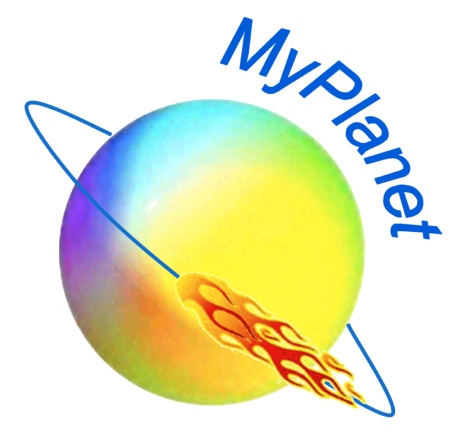
Vers la simulation numérique pétaflopique sur architectures parallèles hybrides
6 au 10 juin 2011
INRIA
Sophia Antipolis, France
| avec le soutien de |
|
Programme
Vous pourrez trouver ici toutes les présentations de ces journées.
| Lundi 6 juin 2011 |
| 8h15 - 8h45 | Accueil et enregistrement |
| 8h45 - 9h00 | Introduction |
| 9h00 - 10h30 | Session 1 - 1ère partie |
Jack Dongarra
|
|
| 10h30 - 11h00 | Pause café |
| 11h00 - 12h30 | Session 1 - 2ème partie |
Jack Dongarra
|
|
| 12h30 - 14h00 | Déjeuner |
| 14h00 - 15h30 | Session 2 - 1ère partie |
François Bodin
|
|
| 15h30 - 16h00 | Pause café |
| 16h00 - 17h30 | Session 2 - 2ème partie |
François Bodin
|
|
| 17h30 - 18h00 | Debriefing |
| Mardi 7 juin 2011 |
| 9h00 - 10h30 | Session 3 - 1ère partie |
Emmanuel Agullo Julien Langou
|
|
| 10h30 - 11h00 | Pause café |
| 11h00 - 12h30 | Session 3 - 2ème partie |
Enrique S. Quintana Ortí
|
|
| 12h30 - 14h00 | Déjeuner |
| 14h00 - 15h30 | Session 4 - 1ère partie |
Manfred Liebmann
|
|
| 15h30 - 16h00 | Pause café |
| 16h00 - 17h30 | Session 4 - 2ème partie |
Michael Heroux
|
|
| 17h30 - 18h00 | Debriefing |
| Mercredi 8 juin 2011 |
| 9h00 - 10h30 | Session 5 - 1ère partie |
Robert Strzodka
|
|
| 10h30 - 11h00 | Pause café |
| 11h00 - 12h30 | Session 5 - 2ème partie |
Dominik Goeddeke
|
|
| 12h30 - 14h00 | Déjeuner |
| 14h00 - 15h30 | Session 6 - 1ère partie |
Felix Wolf
|
|
| 15h30 - 16h00 | Pause café |
| 16h00 - 17h30 | Session 6 - 2ème partie |
Judith Gimenez
|
|
| 17h30 - 18h00 | Debriefing |
| Jeudi 9 juin 2011 |
| 9h00 - 10h30 | Session 7 - 1ère partie |
Raymond Namyst
|
|
| 10h30 - 11h00 | Pause café |
| 11h00 - 12h30 | Session 7 - 2ème partie |
Marc Tajchman
|
|
| 12h30 - 14h00 | Déjeuner |
| 14h00 - 15h30 | Session 8 - 1ère partie |
Tim Warburton
|
|
| 15h30 - 16h00 | Pause café |
| 16h00 - 17h30 | Session 8 - 2ème partie |
Luigi Genovese
|
|
| 17h30 - 18h00 | Debriefing |
| Vendredi 10 juin 2011 |
| 9h00 - 10h30 | Session 9 - 1ère partie |
Denis Caromel
|
|
| 10h30 - 11h00 | Pause café |
| 11h00 - 12h30 | Session 9 - 2ème partie |
Florent Duchaine
|
|
| 12h30 - 14h00 | Debriefing final et buffet |

